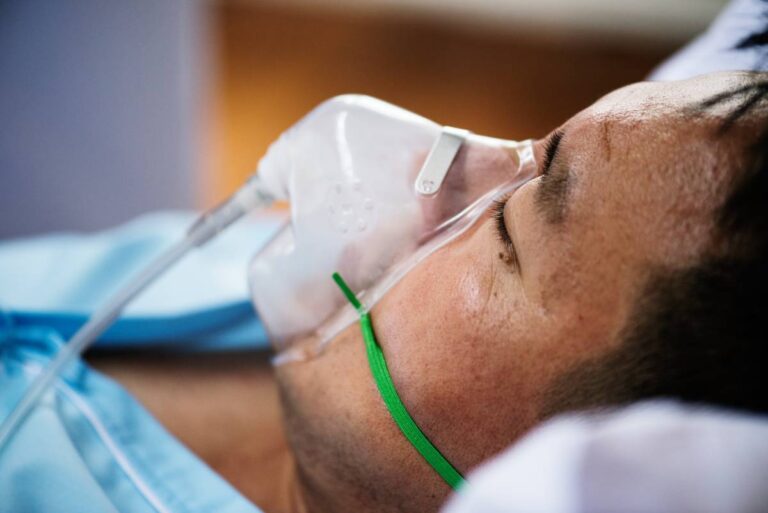It is a common misconception that certain areas of the brain are exclusively responsible for specific functions. In reality, the brain operates as a highly complex, interconnected system, where billions of neurons communicate with each other across incredibly intricate networks. Neural activity is coordinated across different anatomical regions that form dynamic networks that govern everything from basic movement to decision-making and consciousness. Examining how general anesthesia can affect these networks can enable greater understanding of the human brain.
Since the technique was created in 1995, resting-state functional magnetic resonance imaging (rs-fMRI) has emerged as a powerful tool in clinical neuroscience. Like task-based functional MR imaging (fMRI), rs-fMRI is based on the blood-oxygen-level-dependent (BOLD) signal. However, unlike fMRI, rs-fMRI is obtained in the absence of a stimulus or task, or in other words, at rest.1 When low-frequency BOLD signals are obtained by rs-fMRI, multiple resting-state neural networks can be revealed. Data is acquired by measuring BOLD signal correlations relative to a region of interest defined a priori and/or through multivariate component analysis.2
A 2021 in vivo study collected rs-fMRI data from non-human primates across six increasing levels of isoflurane anesthesia: 0.78, 0.98, 1.17, 1.37, 1.56, and 2.15 minimum alveolar concentration (MAC). Increased doses of general anesthesia were associated with a global decrease in correlation magnitude within networks in the brain. This result was not driven by any single neural network; rather, a reduced correlation was present in primary sensory and somatomotor regions, in addition to the frontoparietal cortices.3 Across all subjects, the network structure remained constant, suggesting a global “muting” of brain networks under general anesthesia. The researchers also created functional connectivity matrices at each increasing dose level to show the principal components of each matrix did not change with increased anesthesia, indicating unconsciousness was not caused by a single neural disconnect.3
These results are consistent with models that purport consciousness is a non-linear process, where there is a minimal threshold of functional connectivity required for effective information transmission between neurons. Therefore, a drop in global connectivity would result in a functional disconnect between neural regions; in other words, global muting of neural connectivity can lead to network fragmentation.4 This concept links to the neurobiological theory of consciousness as integrated information. During normal consciousness, our perception of the world is unified. For example, we perceive a car’s color, shape, size, and speed as a singular entity, rather than disconnected elements, even as different neural modules biologically process each of these sensations. As such, information synthesis and neural connectivity is thought to be necessary for normal consciousness. Conversely, disruption of this synthesis is potentially sufficient for unconsciousness (as during anesthesia).5
Through inhibiting the brain’s ability to integrate information, general anesthesia may cause global “muting” and “fragmentation” of the brain’s network structure, which induces unconsciousness.5 However, beyond simply unconsciousness, a decreased integration among neural pathways may facilitate the development of mental health issues, neurological disorders, and diminished cognitive ability. This underscores the need for more research into the mechanisms driving such neural changes and how to control them. As scientific progress moves forward, a deeper exploration into the causes and consequences of decreasing neural connectivity will be crucial in mitigating its effects and enhancing our understanding of the complex nuances of consciousness.
References
- Lv, H., et al. “Resting-State Functional MRI: Everything That Nonexperts Have Always Wanted to Know.” AJNR: American Journal of Neuroradiology, vol. 39, no. 8, Aug. 2018, pp. 1390–99. https://doi.org/10.3174/ajnr.A5527
- Maknojia, Sanam, et al. “Resting State fMRI: Going Through the Motions.” Frontiers in Neuroscience, vol. 13, Aug. 2019, https://doi.org/10.3389/fnins.2019.00825
- Areshenkoff, Corson N., et al. “Muting, Not Fragmentation, of Functional Brain Networks under General Anesthesia.” NeuroImage, vol. 231, May 2021, p. 117830. https://doi.org/10.1016/j.neuroimage.2021.117830
- Mashour, George A., et al. “Conscious Processing and the Global Neuronal Workspace Hypothesis.” Neuron, vol. 105, no. 5, Mar. 2020, pp. 776–98. https://doi.org/10.1016/j.neuron.2020.01.026
- Hudetz, Anthony G., and George A. Mashour. “Disconnecting Consciousness: Is There a Common Anesthetic End Point?” Anesthesia & Analgesia, vol. 123, no. 5, Nov. 2016, pp. 1228–40. https://doi.org/10.1213/ANE.0000000000001353

